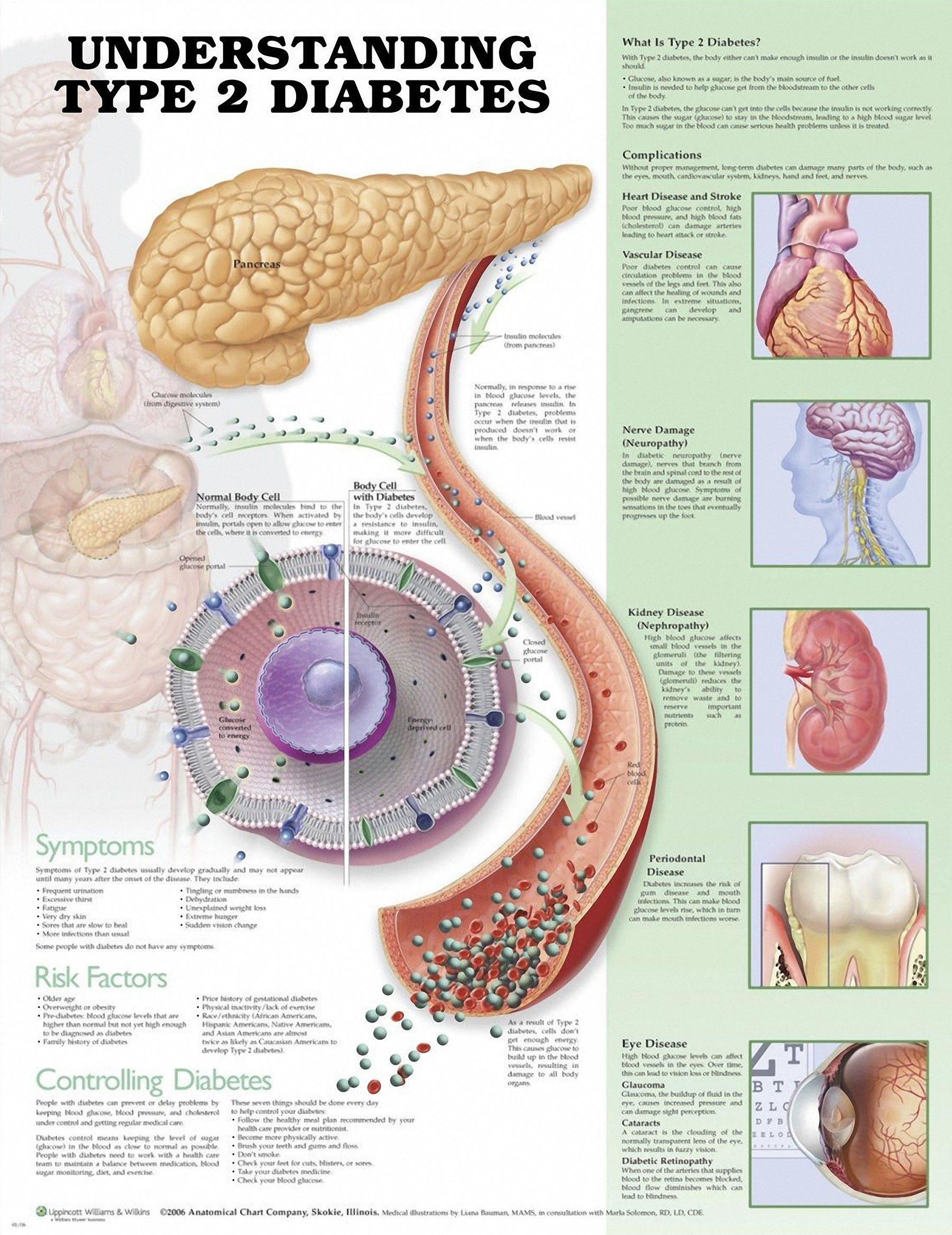A healthy blend of meat, dairy, vegetables, and spices, this breakfast will help you feel alert and well.
Image Credit: Diabetic Connect
Ingredients
- 3 small red, orange, and/or yellow peppers
- 3 oz. breakfast turkey sausage, crumbled and cooked
- 4 eggs
- 2 TBSP fat free milk
- 3 TBSP minced onion
- 2 cloves garlic, minced
- 2 tsp olive oil
- 1/2 cup shredded Monterey Jack cheese
- 1/4 cup chopped fresh parsley
- 1/4 tsp kosher salt
- Pepper to taste
Directions
- Preheat the oven to 350 degrees F.
- Cut the tops off of the peppers, saving them. Remove the seeds from the peppers and set aside.
- Sauté the onions and garlic in the olive oil until fragrant and tender.
- Beat the eggs and milk together. Add the sausage, onion mixture, cheese, parsley and salt and pepper.
- Divide evenly, filling up the peppers. Replace the pepper tops and place in a baking dish. Fill with 1 inch of water.
- Bake for 40-45 minutes.
Nutritional Facts
Servings - 3 (For 1 pepper)
Calories 343
Total Fat 24g
Sodium 484mg
Carbohydrates 9g
Dietary Fiber 2g
Sugars 5g
Protein 23g
This recipe is from Diabetic Connect by Nikki Sheriff
Find more great diabetic breakfast recipes
http://www.diabeticconnect.com/diabetic-recipes/breakfast













